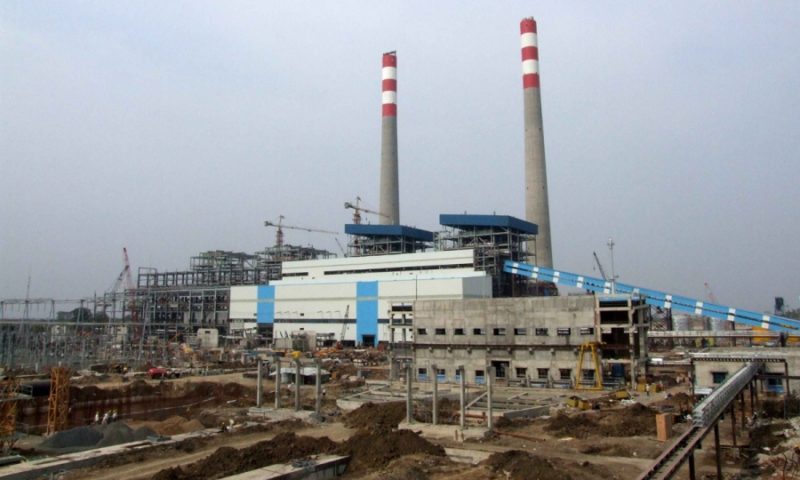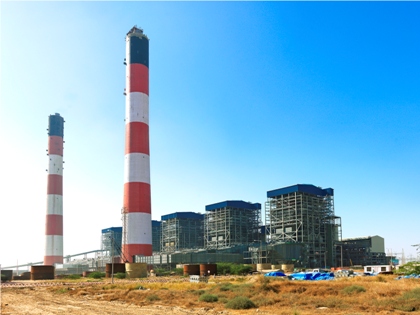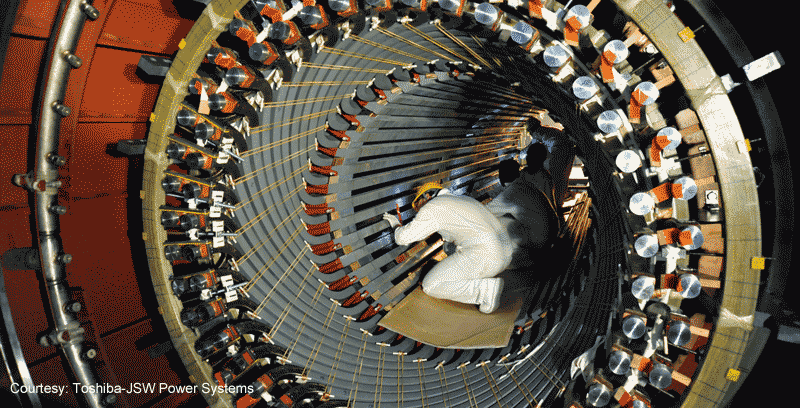It was recently informed in Parliament that the Centre was looking into the issue of “stressed” power generation assets. It is estimated that advances of scheduled commercial banks (SCB) to the “electricity generation” sector as a whole was an estimated Rs.4,700 crore representing a big chunk of total advances by the SCB ecosystem.
The government has reportedly drawn up a list of 43 power projects for whom commissioning has been elusive for various reasons like absence of firm fuel supply agreements (mainly coal), delay in signing power purchase agreements, inability of the promoters to infuse equity or service debt, etc.
At the micro level, the government is considering a proposal where it would involve Central power generation utilities to take over such stressed assets. Though finer details are not yet available, NLC India (formerly Neyveli Lignite Corporation Ltd) has been mandated to take over the 2×600-mw Raghunathpur power project in West Bengal, currently owned by Damodar Valley Corporation. The Raghunathpur project has been delayed for over four years on a variety of issues including absence of coal linkages.
Now, it should be appreciated that it is not just unfinished coal-fired power projects that are causing stress to the power sector, stress is seeping into operational plants as well. For instance, mega power projects fired by imported coal are struggling. Tata Power’s 4,000-mw Mundra ultra mega power project is unable to honour the tariff committed in the long-term power purchase agreement. It may be recalled that Tata Power had contracted long-term coal supplies from Indonesia at negotiated rates, on the basis of which it quoted the winning tariff of Rs.2.26 per kwh. Indonesia, in a ruling of 2010, disallowed export of coal at less than market prices, leading to huge commercial losses to the Mundra UMPP. Adani’s 4,620-mw Mundra project and Essar’s 1,200-mw Salaya project are also confronted by the same problem.
Domestic coal better off
Over the past two years or so, domestic coal supplies have improved dramatically. This has resulted in a revival of coal-fired power plants that had shut down due to absence of coal linkages. Generation from coal-fired power plants has now risen but the overall plant load factor (PLF) has fallen. In June 2017 for instance, the overall PLF was down to 57.4 per cent from 60.7 per cent in June 2016, despite a 4.1 per cent growth in thermal power generation. This paradox can be explained by the fact that PLF is calculated only with respect to operational plants. As more power plants came into operation, the overall denominator (total capacity) increased but there was a smaller increase in the numerator (electricity generation). [In simple terms, plant load factor of a power plant can be interpreted as a measure of its capacity utilization.]
It is very evident that once these so-called stressed power plants are brought into operation, the overall PLF of thermal power plants will further decrease. This connotes that there is little scope for all power generation plants to operate at full capacity. If more power generation capacity has to be pressed into operation, there needs to be matching transmission and distribution infrastructure.
T&D upgrade
It is encouraging to note that recent trends in augmentation of power transmission infrastructure have been healthy. For instance, in the first quarter (April to June) of FY18, 6,855 circuit km (ckm) of transmission lines were added as against 5,743 ckm in the same period of FY17, implying a growth of 19 per cent. By the same comparison, growth in transformation capacity was 40 per cent. The momentum in upgrade of power T&D infrastructure needs to be maintained so that growth in power generation capacity fulfills the intended socio-economic purpose. All said, with more T&D infrastructure coming in place, redundancy in power generation capacity will be inevitable. Also, brisk capacity additions to the national grid are making interregional transfers seamless. This has given power plants a “national” dimension; no longer are they confined to a region. This interregional transfer capability will also infuse redundancy in operational power generation capacity.
The solar dimension
On a related note, recent trends of sharply falling solar tariffs are bound to cause disruptions in the overall power generation segment. Solar tariffs at a recent auction fell to an incredulous Rs.2.44 per kwh, making it technically much cheaper than generation from conventional coal-fired power plants. As the fall in solar tariffs has been abrupt, there is also a looming question mark on older solar power plants where long-term power purchase agreements have been signed for a higher tariff. What happens if discoms (the power purchasers) dither on buying this relatively expensive solar power? Whether solar power plants will also come under stress is a question not entirely out of place.
(This article’s author Venugopal Pillai is Editor, T&D India. Views expressed here are personal. The author may be contacted on venugopal.pillai@tndindia.com)









